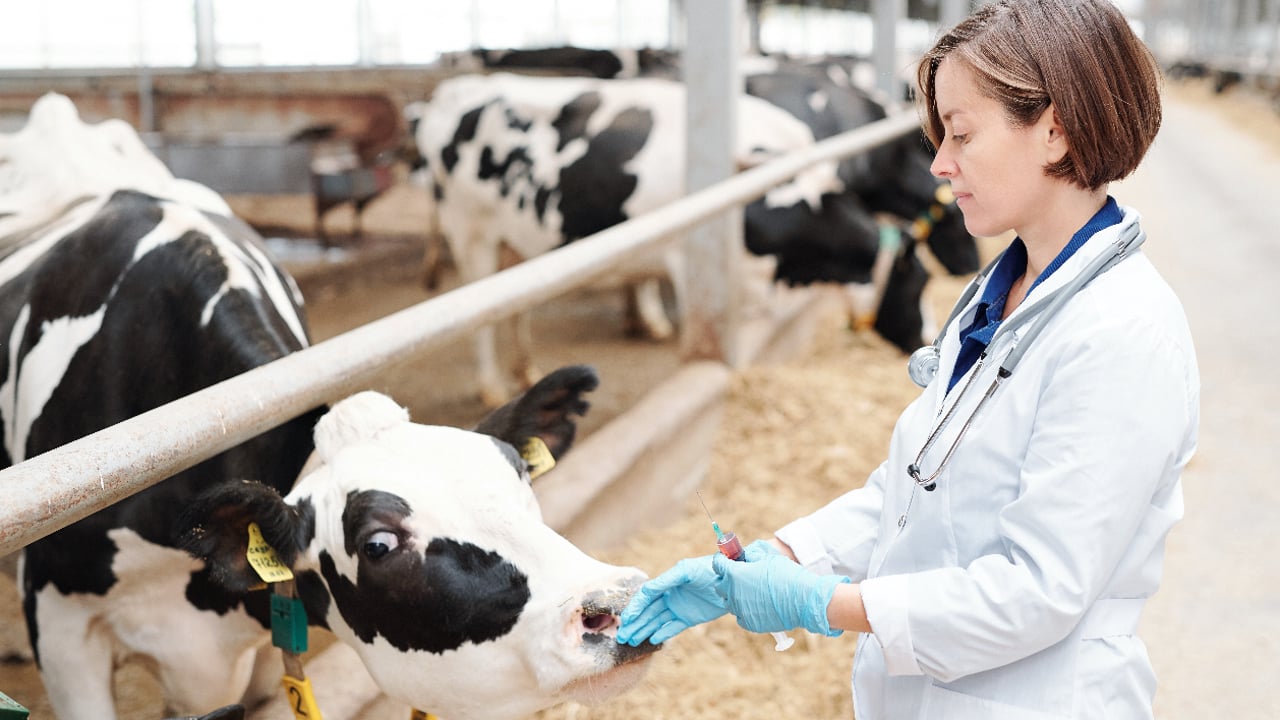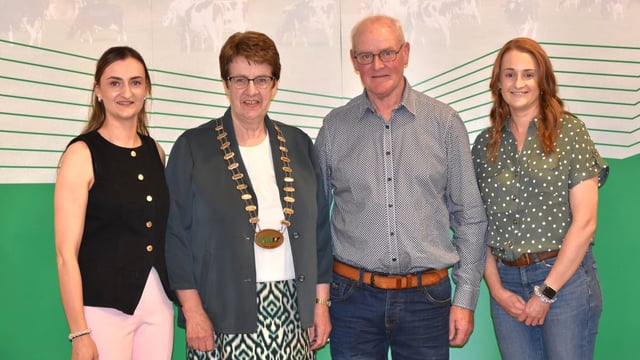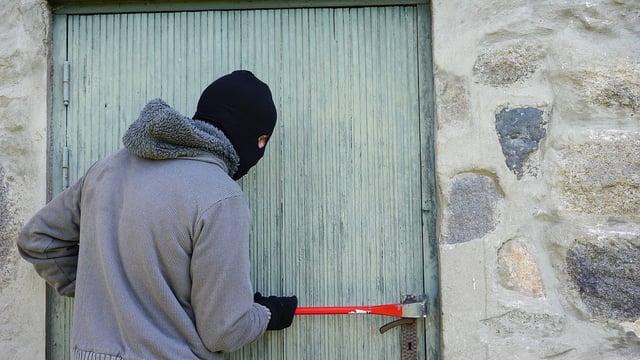Report: Rural areas face large animal vet shortages
Fresh warnings have been issued today (Wednesday, May 14) by the Veterinary Council of Ireland (VCI) that rural areas are facing large animal vet shortages, which the statutory body said is "essential for Ireland's agricultural sector".
The VCI today published its first workforce report which highlights the difficulties in both recruiting and encouraging vets to work in "remote and vulnerable areas".
According to Niamh Muldoon, chief executive and registrar of the VCI, the report highlights the pressures that the veterinary workforce face, especially in maintaining a "work-life balance in areas critical to Ireland’s farming and food security".
Muldoon has warned that it is important "that rural veterinary practices remain robust and sustainable to meet national needs."
One key trend identified in the new report is that increasing numbers of "companion animal care", which is small animals, is also putting increased demands on veterinary practitioners and veterinary nurses.
VCI figures compiled in March 2024 show in total there were 764 registered veterinary premises in Ireland.
According to the VCI demand for veterinary services is expected to grow by an average of 3.7% each year to 2033.
Its workforce report contains a number of recommendations to improve work-life balance for veterinary professionals - vets and vet nurses - including:
- Enhancing workplace conditions;
- Better utilising veterinary nurses;
- Introducing supports for practitioners in rural and large-animal practices;
- Mental health supports and leadership training to improve job satisfaction and retention.
The new report also outlines that the veterinary register has grown by 30% since 2004 - rising from 2,322 to 3,534 in 2023.
The total number of new veterinary practitioners joining the register of veterinary practitioners annually has increased from 127 joining in 2004, compared to 321 joining in 2023.
However the total number of annual voluntary removals from the register of veterinary practitioners increased from 30 in 2004 to 258 in 2023.
The latest research also shows that while demand for veterinary study places in Ireland is rising one-third of all veterinary practitioners have graduated abroad.
According to the VCI one other key challenge facing the sector is in relation to "an ageing food animal workforce".
"A significant proportion of veterinary professionals in food animal services are approaching retirement age, and many are working in violation of the European Working Time Directive (EWTD)," the VCI report outlined.
Meanwhile the report also sheds light on the make up of the current veterinary practitioner workforce.
From 2020 to 2023 the number of female veterinary practitioners increased by 32% while male veterinary practitioners increased by 7%.
"This has resulted in an increase in the share of female veterinary practitioners from 43.8% to 49.2%," the VCI report outlined.
Currently the share of female veterinary practitioners in in the region of 51%, which marks the first time there has been more female registered veterinary practitioners "in a traditionally male dominated profession".
Rachel Brown, president of the VCI, believes its new report "provides an invaluable roadmap for safeguarding the future of veterinary care in Ireland".
"It reinforces the need for targeted support to address long-standing pressures, especially in rural areas, while recognising the opportunities presented by a new generation of veterinary professionals.
"As we look ahead, our focus must be on creating sustainable career pathways that support both animal health and practitioner wellbeing, keeping our brightest and best within the veterinary professions," Brown added.








